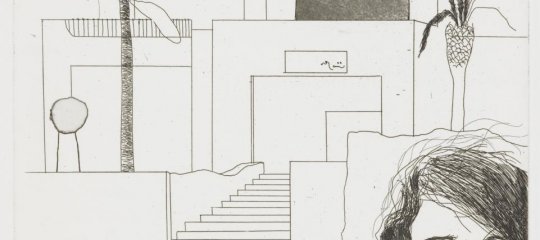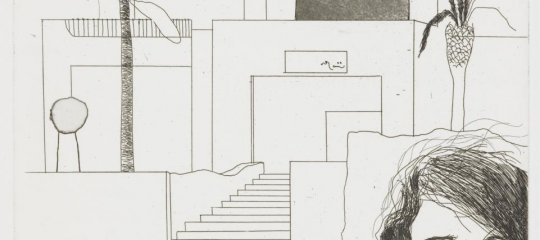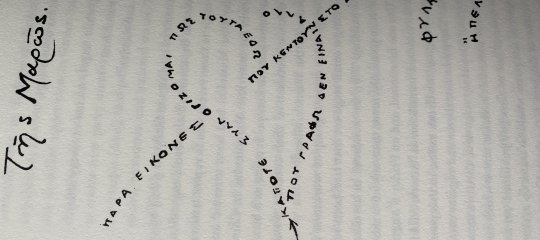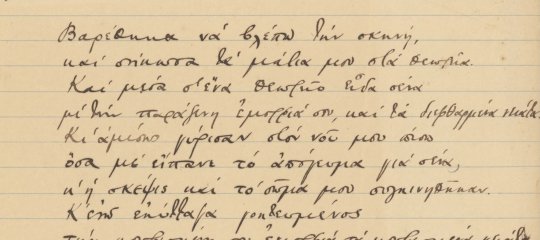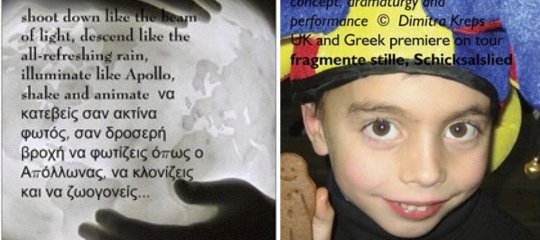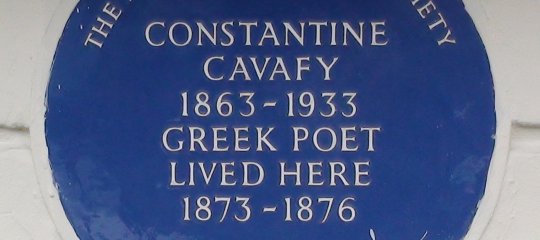Πανεπιστήμιο Φλίντερς, Νεοελληνικό Τμήμα, Ιούλιος-Αύγουστος 2004
gfrazis writes, "Σεμινάριο σε μαθητές 1ης Λυκείου
Σεμινάριο σε μαθητές 3ης Λυκείου
Mιχάλης Τσιανίκας, Ελληνοαυστραλιανή Λογοτεχνία"
3 Σεπτεμβρίου 2004
Τελευταίες δραστηριότητες του Νεοελληνικού Τμήματος
του Πανεπιστημίου Φλίντερς
Στο πλαίσιο της ευρύτερης συνεργασίας του Τμήματος Νεοελληνικών Σπουδών του Φλίντερς με τη δευτεροβάθμια εκπαίδευση της Νότιας Αυστραλίας έλαβαν χώρα τα κάτωθι σεμινάρια.
1. Διήμερο σεμινάριο μαθητών 1ης Λυκείου.
Το Τμήμα μας φιλοξένησε για δύο μέρες (21-22 Ιουλίου) 80 μαθητές και μαθήτριες από δέκα δημόσια σχολεία της Νότιας Αυστραλίας στα οποία διδάσκεται η Ελληνική Γλώσσα και ο Ελληνικός Πολιτισμός. Η επιλογή των μαθητών έγινε από τα οικεία σχολεία και αντιπροσώπευαν και τα τρία επίπεδα, αρχαρίων, μεσαίων και προχωρημένων. Με ιδιαίτερο ενθουσιασμό οι μαθητές και μαθήτριες ξεναγήθηκαν στους χώρους του πανεπιστημίου, είχαν την ευκαιρία να ενημερωθούν από το Διευθυντή του Τμήματος, Καθηγητή Μιχάλη Τσιανίκα, για το πρόγραμμα των σπουδών που προσφέρει το Τμήμα (προπτυχιακές-πτυχιακές-μεταπτυχιακές σπουδές). Σε δέκα διδακτικές ώρες το προσωπικό του Τμήματος έκανε μια μικρή εισαγωγή στα μαθήματα γλώσσας, λογοτεχνίας, πολιτισμού που διδάσκονται κατά τα τρία έτη σπουδών του προγράμματος. Οι μαθητές συμμετείχαν με μεγάλο ενδιαφέρον ιδιαίτερα στα μαθήματα του πολιτισμού και τα επίκαιρα, όπως Ολυμιακοί Αγώνες, Κυπριακό θέμα, Ελληνική Μουσική.
Σκοπός του σεμιναρίου αυτού που λαβαίνει χώρα στο Φλίντερς τα τελευταία δέκα χρόνια είναι να προετοιμάζει τους μαθητές και τις μαθήτριες για το πανεπιστήμιο, ώστε να αγαπήσουν την Ελληνική Γλώσσα, τον Ελληνικό Πολιτισμό και να επιλέξουν το μάθημα των Ελληνικών όταν εισαχθούν στο πανεπιστήμιο.
2. Σεμινάριο μαθητών 3ης Λυκείου.
Το Νεοελληνικό Τμήμα του Φλίντερς σε συνεργασία με το Σύλλογο Ελλήνων Καθηγητών Νότιας Αυστραλίας οργάνωσε σεμινάριο για την εξοικείωση των μαθητών με τη διαδικασία εισιτηρίων εξετάσεων στο πανεπιστήμιο, όσον αφορά το μάθημα των Ελληνικών. Περί τους 70 μαθητές παρακολούθησαν το σεμινάριο αυτό και τα σχόλια τους ήταν ενθουσιώδη. Το σεμινάριο αυτό έλαβε χώρα στο Λύκειο της περιφέρειας Νόργουντ και αποφασίστηκε να επαναλαμβάνεται κάθε χρόνο.
3. Από το Ε.ΔΙΑ.Μ.ΜΕ. στη σειρά ΕΛΛΗΝΟΓΛΩΣΣΗ ΕΚΠΑΙΔΕΥΣΗ με τίτλο Λογοτεχνία της Διασποράς και Διαπολιτισμικότητα, 2004, δημοσιεύεται άρθρο του Διευθυντή του Νεοελληνικού Τμήματος του Φλίντερς, Μιχάλη Τσιανίκα με τίτλο «Ελληνοαυστραλιανή λογοτεχνία: Γενική προσέγγιση με ειδικότερες αναφορές».
Γιώργος Φρατζής
Φωτογραφίες από τις εκδηλώσεις




- Εισέλθετε στο σύστημα για να υποβάλετε σχόλια



